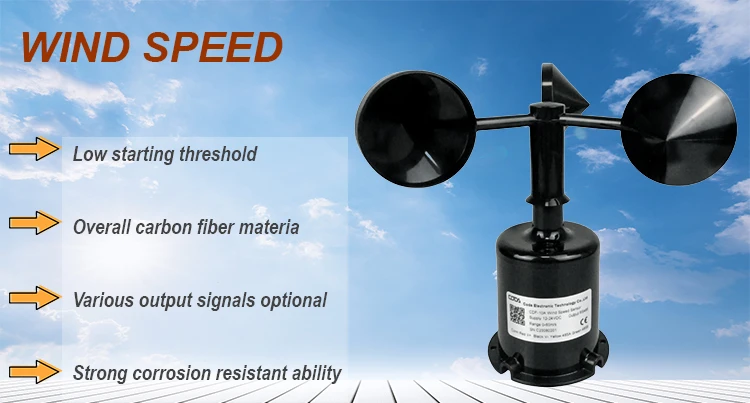
html
Wind Speed Measuring Instruments: Types and Applications
Measuring wind speed is essential in various fields, from meteorology to aviation and renewable energy. Accurate wind speed data helps in weather forecasting, flight safety, and optimizing wind turbine performance. Several instruments are designed to measure wind speed, each with unique features and applications.
1. Anemometers
Anemometers are the most common instruments used to measure wind speed. They come in different types:
Cup Anemometers
Cup anemometers consist of three or four cups mounted on horizontal arms. As the wind blows, the cups rotate, and the speed is calculated based on the rotation rate. These are widely used in weather stations and wind energy assessments.
Vane Anemometers
Vane anemometers, also known as propeller anemometers, use a rotating propeller to measure wind speed. They are often handheld and used in HVAC systems, environmental studies, and fieldwork.
Hot-Wire Anemometers
Hot-wire anemometers measure wind speed by detecting changes in the electrical resistance of a heated wire exposed to the wind. They are highly sensitive and used in laboratory settings and industrial applications.
2. Wind Vanes
Wind vanes, or weather vanes, measure wind direction but are often paired with anemometers to provide comprehensive wind data. They are commonly found on rooftops and meteorological stations.
3. Sonic Anemometers
Sonic anemometers use ultrasonic sound waves to measure wind speed and direction. They are highly accurate and used in research, aviation, and wind energy projects where precision is critical.
4. Pitot Tubes
Pitot tubes measure wind speed by comparing static and dynamic air pressure. They are primarily used in aviation to determine aircraft speed relative to the surrounding air.
Applications of Wind Speed Measuring Instruments
Wind speed instruments serve diverse purposes:
- Meteorology: Weather forecasting and climate studies rely on accurate wind speed data.
- Aviation: Pilots use wind speed measurements for safe takeoffs, landings, and flight planning.
- Renewable Energy: Wind farms use anemometers to assess potential energy output and optimize turbine placement.
- Construction: Wind speed monitoring ensures safety during high-rise building projects.
- Sports: Sailing, paragliding, and other wind-dependent sports use portable anemometers for real-time data.
Choosing the right wind speed measuring instrument depends on the application, required accuracy, and environmental conditions. From simple cup anemometers to advanced sonic devices, these tools play a vital role in understanding and harnessing wind power.
Keyword: instrument measure wind speed